A New Way to Grow Rice With Legowo System
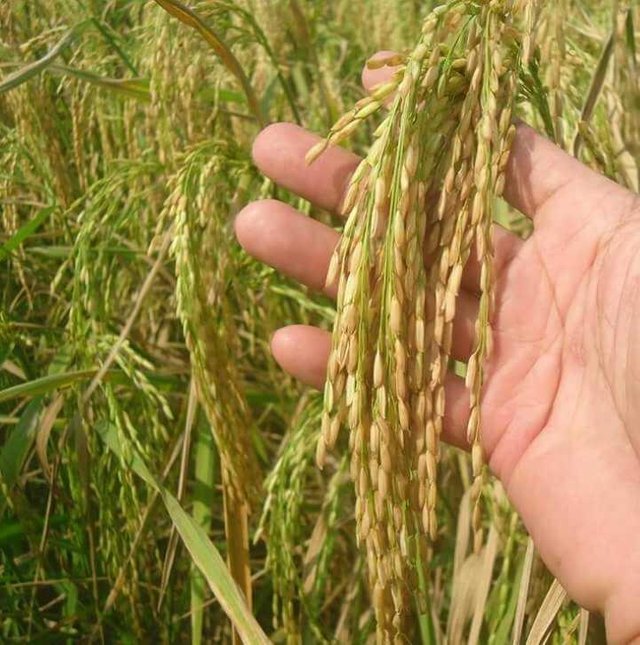
CALCULATING THE AMOUNT OF PLANT LEGOWO SYSTEM POPULATION
When we are in the car, by chance on the right and on our left there is a stretch of rice plants. The rice plant is green as a vast rug. The beauty is more beautiful, when the rice plant is planted with LEGOWO RICE PLANT SYSTEM.
WHAT IS A LEGOWO SYSTEM?
Legowo system is a way of planting rice, if there are several lines and then interspersed with 1 blank line. But at the very edge of the row, 2x seeds are planted more than the middle row.
For this way of planting, usually in the agricultural world it is called legowo (2: 1), (3: 1), (4: 1), (5: 1), (6: 1) and so on.
to get the highest grain yield is used legowo 4: 1.
But if we want to get a good grain grain or will be made quality seeds used by legowo 2: 1.
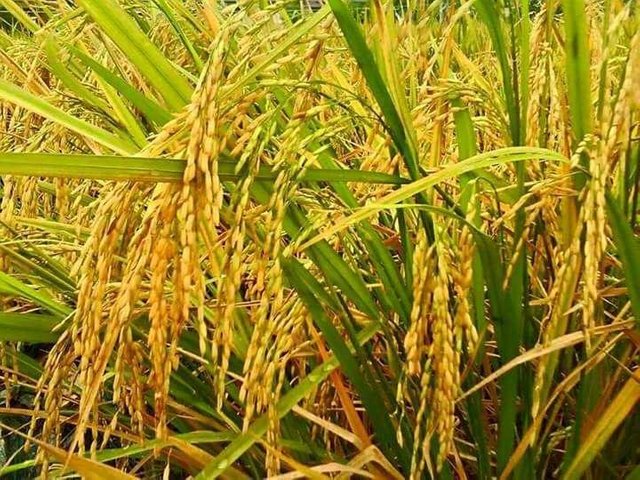
How to calculate plants with legowo system?
The formula:
We must know the distance of planting, for example spacing 25 x 25 cm. With the spacing is the population of 160 thousand tancep or clump
KNOWING THE AMOUNT OF POPULATION ADDITION, how it looks like this = (1/1 + legowo system how many) x 100%. Number 1 is the benchmark, because when legowo pake inserts, the number of edges is 2 x from the middle
Example legowo 2: 1
Addition of legowo 2: 1 = (1/1 + 2) x 100% = 33.3%
So the total plant becomes =
= 160,000 clumps + (1/3 x 160,000) = 213.333 clumps
Example legowo 3: 1
Addition of the number of plants legowo 3: 1 = (1/1 + 3) x 100% = 25%
So the total plant becomes =
= 160,000 clumps + (1/4 x 160,000) = 200,000 clumps
Legowo 4: 1, with the above formula occurs the addition of 1/1 + 4 = 20%
Legowo 5: 1, with the above formula occurs the addition of 1/1 + 5 = 16.66%
Legowo 6: 1, with the above formula occurs the addition of 1/1 + 6 = 14.3% and so on
Planting distance for legowo rice planting system, many kinds can be 20 x 25 cm, 20 x 30 cm, 25 x 25 cm, 25 x 30 cm, 30 x 30 cm etc. For me personally, a good planting distance for lewogo system is 25 x 30 cm or 30 x 30 cm. Because it will produce a lot of children.
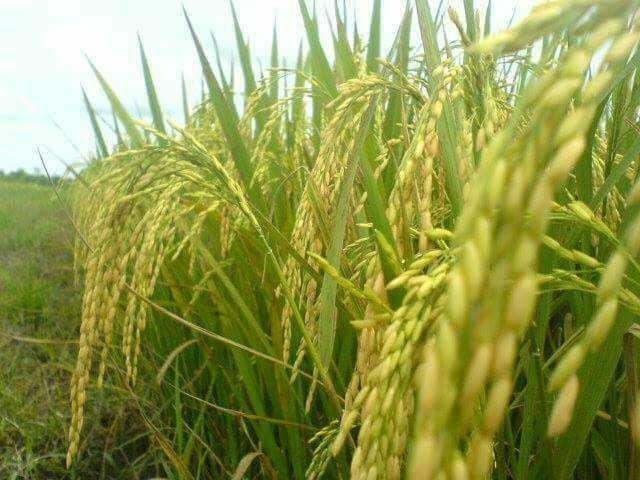
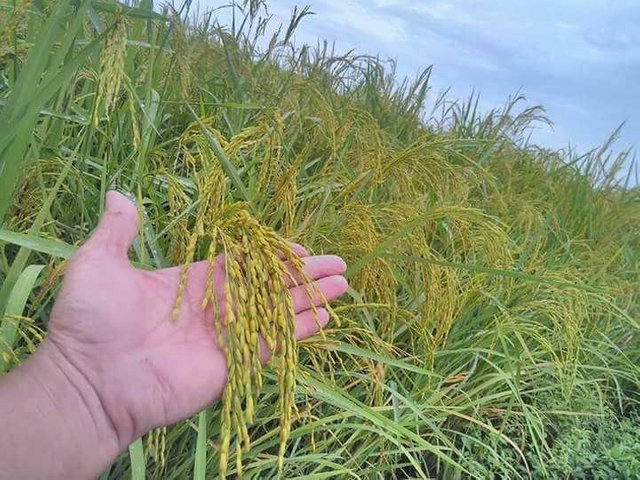
PURPOSE OF LEGOWO PLANT SYSTEM
By looking at the photos shown here alone we can know the benefits of this system,
Expand the edge of the plant, with many plants periphery then the number of children to many rice so that the production of paddy will be maximal
Sunlight can go directly to the bottom of the plant, especially for peripheral plants. The more sunlight on the leaves, the process of photosynthesis will be the maximum so that the plants become fertile
Reduce the possibility of pest attacks. Most mouse pests do not like the rather open area.,
On a rather open field, the humidity will decrease, so the attack of the disease will also decrease.
Easing in weeding, in this way will save 50% labor
Increase plant population. For example in legowo 4: 1, the plant population will increase by about 20%. Increasing plant populations will give hope for increased grain production.
Will facilitate the implementation of fertilization and spraying of pests and diseases.
However, there is also the opinion that the Legowo Planting System is a way of growing rice, when there are several sequences then punctuated by 1 empty row. But in the most marginal row, the same as the middle row. This means that there are only rows of plants that are removed without being added or tucked on the rim. And this is in accordance with the history of planting system found legowo.
If I may choose, I am more inclined to the legowo padded rice with no tucked or added seeds. Why?
First, the number of seeds used less so saving the seeds. Example Legowo 4: 1, will save 20% seedlings and Legowo 2; 1 will save 33.3% seedlings.
Second, not too tight so that the potential of seedlings and yield will be higher.
Third, pengoyosan can be 2 way.
Fourth, the yield is higher. Based on my experience in the field, the results obtained by higher farmers who are not inserted on the rim.
When we go to the rice field to see the rice legowo, I see just planting legowo without added rows of the most I meet. This means that farmers prefer this legowo. Can of the 2 legowo, the same harvest. So farmers will choose legowo that is not inserted because saving seeds, time and energy.
When in an agricultural area, we see there is a stretch of rice planted by way of legowo system. This can be ascertained, counseling in the area is good. Hopefully from time to time, we will see a verdant rice stretch with this legowo system.
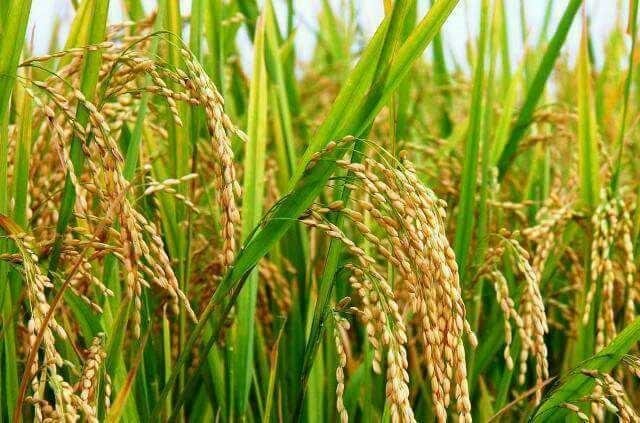
The application of this Legowo system begins to begin preparing seeds, treatment in seedbeds and paddy fields with the details of treatment are as follows:
A. Planting pattern moved nursery age 17 days.
Preparation of rice seed (varieties Ciherang, Mekongga, Cibogo, IR-64, Batang Gadis, Cisantana, Cimelati, Pandan Harum etc) 25 kg of seed per hectare. Do the seed selection by soaking with salt water for 5-10 minutes, then drain and then soaked again in the river or tub for 12-14 hours and then drained, then dipam for 24 hours again to add and then stocked in the nursery that has been prepared previously evenly.
Age 3 Days After Spread (HSS) spray Virtako and Amistarstop mixed with each dose 5 ml / sprayer tank.
Age 6 HSS Spray Urea solution, how to input 5 tablespoons of urea into a water-filled spreyer tank.
Age 10 HSS sprinkle 2 kg of urea evenly
Age 13 HSS spray Virtako and Amistartop mixed with each dose 5 ml / sprayer tank.
Age 17 HSS seedlings ready to be transferred to rice fields.
Before planting the paddy fields already prepared, spray with logran 2-3 days before planting with a dose of 20 grams / hectare.
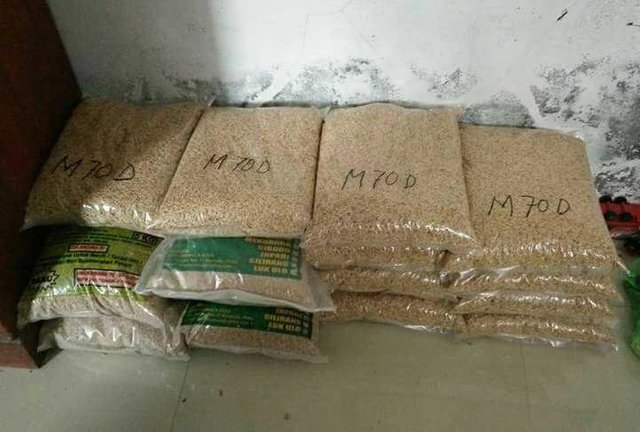
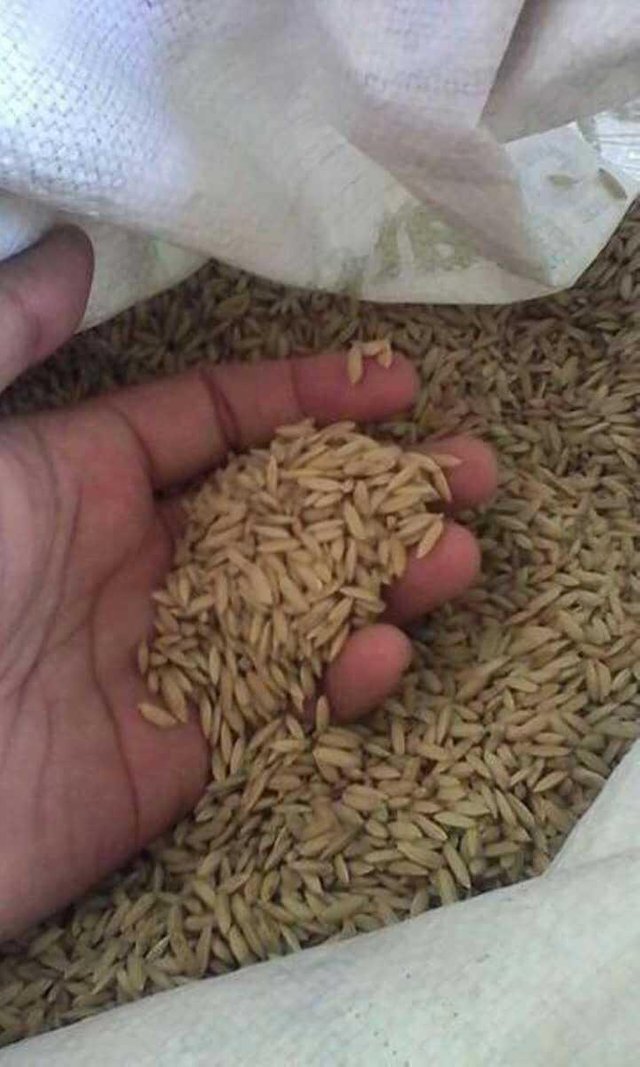
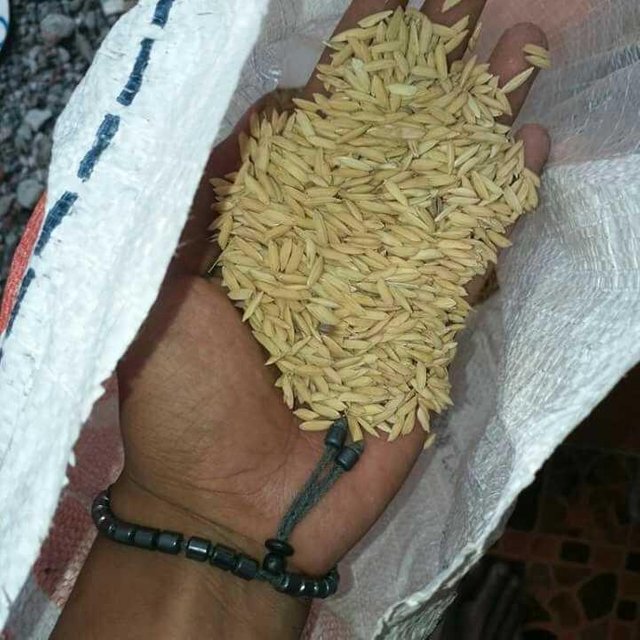
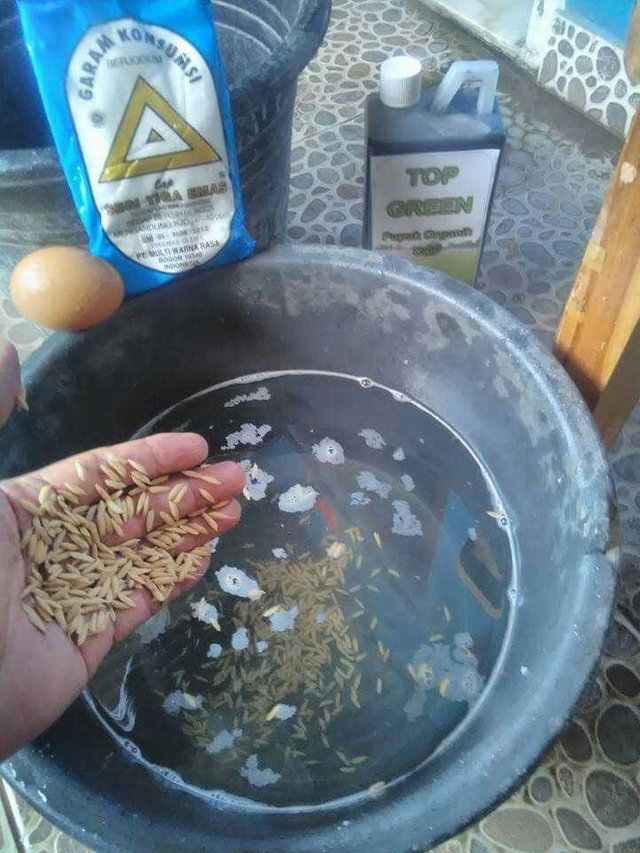
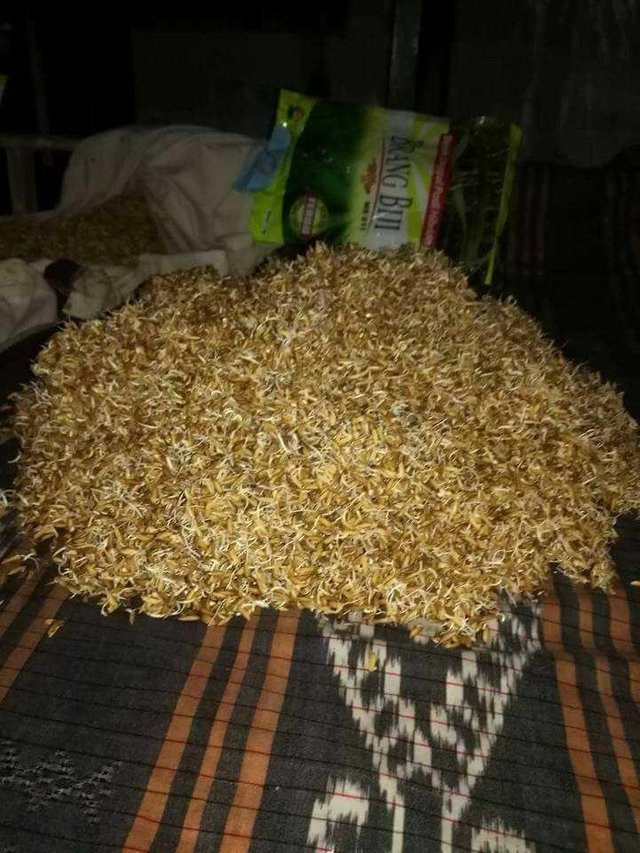
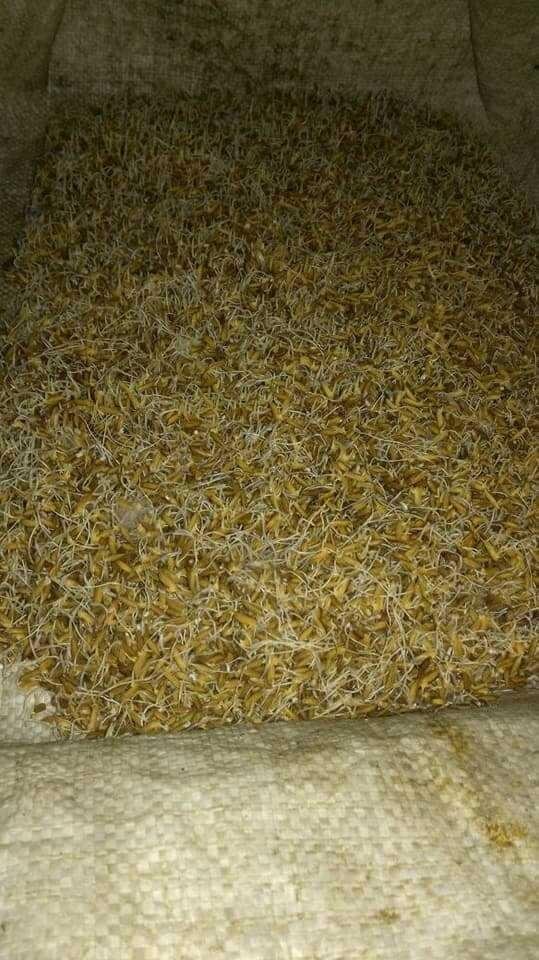
B. Planting into paddy fields
Planting using legowo row planting pattern, to facilitate in fertilizing techniques, pest control and rice weed. Jajar legowo is highly recommended because it is able to significantly increase the population of tillers. Legowo row pattern can be applied 4: 1, 6: 1 or 13: 1 with spacing 20x20 and 40x10 (legowo).
Age 3 Days After Planting (HST), spray with Cruiser to spur the growth of seeds and control of the pest early on. The dose used is 50 ml (4 packs @ 12.5ml) per hectare. Spraying done in the afternoon after the sun began to heat less, with the technique of spraying condense.
Age 5 HST, apply SP36 as much as 100 kg / hectare. Spread evenly and done in the morning. Or can use NPK Pelangi + Urea fertilizer with a dose of 200 kg NPK rainbow + 50 kg Urea.
Age 10-12 HST, Provision of Urea + KCl fertilizer with a dose of 100 kg Urea + 50 kg KCl and fertilization is still done in the morning
Age 14 HST, do spraying using Virtako to spur the growth of seedling seedlings and control otpsejak early especially sundep, outs, werengdan butterfly white. Dose using 100 ml per hectare, or 10ml per spray tank. Spraying done in the afternoon with spray condensing technique.
Age 26 HST, Provision of Urea fertilizer as much as 50 kg / hectare stocking until flat, or given NPK Pelangi 100 kg + Urea 25 kg.
Age 28 HST, Spray with virtako and Amistartop to spur growth of pest and control of pest, dose each 100 ml per hectare. Spraying the afternoon with a condensing technique.
Age 40 HST, Urea fertilizer application 25 kg / hectare evenly spread, Fertilizer given in the morning
Age 42 HST, Virtako spray and Score for growth and control of pests each sterling 100 ml / hectare or 10ml / sprayer tank. Spraying done in the afternoon with condensation technique.
Age 56 HST, Alika spray and Amistartop, for filling panicles and controlling pests (walang sangit, stem borer, blight, blast, neck rot) dose 100ml / hectare done in the afternoon with condensate tektik.
Age 65 HST, Alica Spray and Score to spur filling (malignant) and control of pests (walang sangit, night sucker, rotten neck and blight) each with a dose of 100 ml / hectare sprayed in the afternoon by a condensing technique.
Age 70 HST, if still need to spray with Alika for the control of night sucker with dose of 100 ml / hectare spraying done in the afternoon with condensation technique.
Harvest is done after yellowing rice grains (physiological cooking) evenly about 90-95% do not wait until dry leaves.
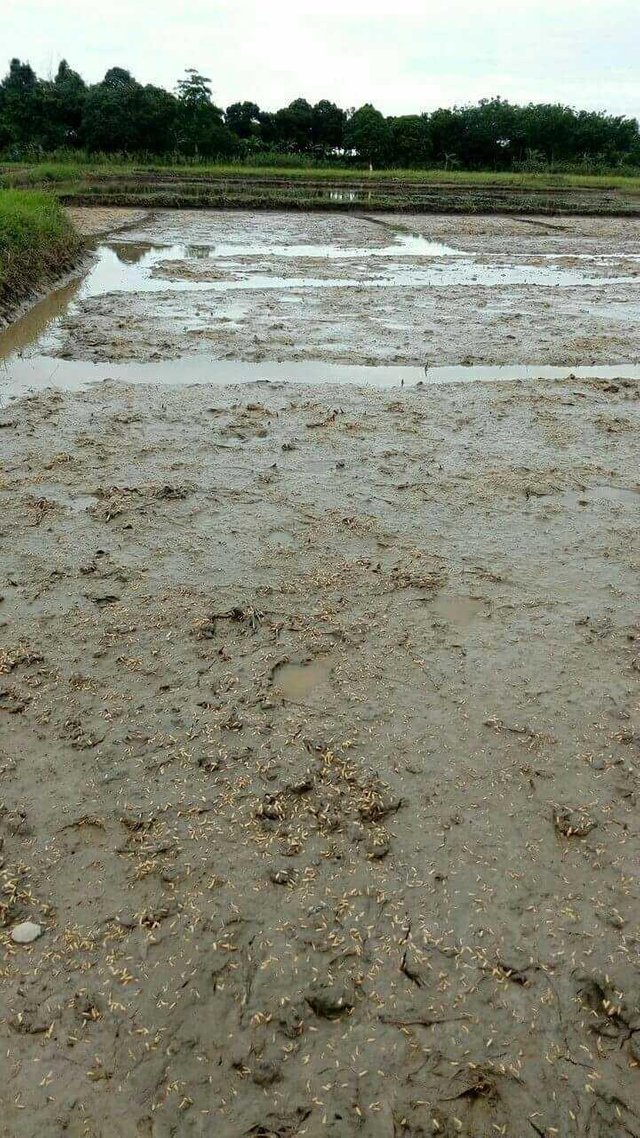
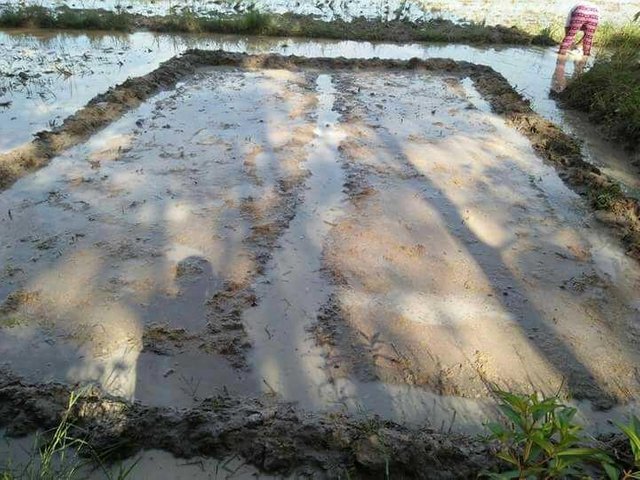
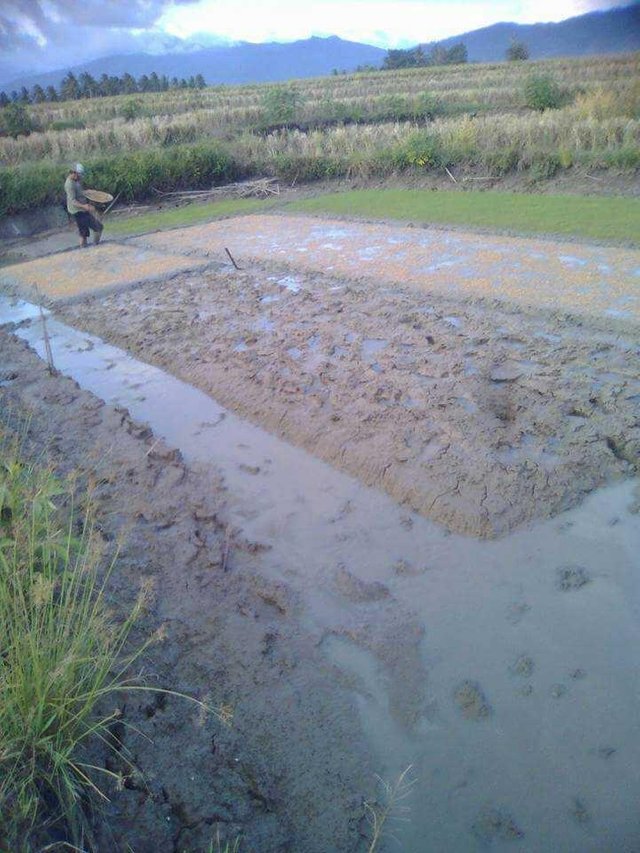
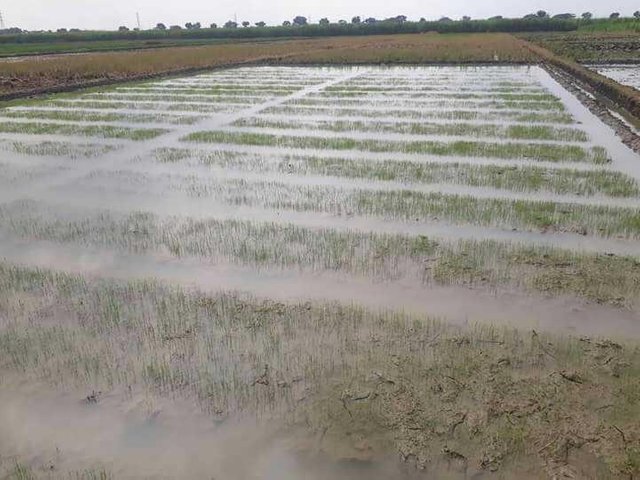
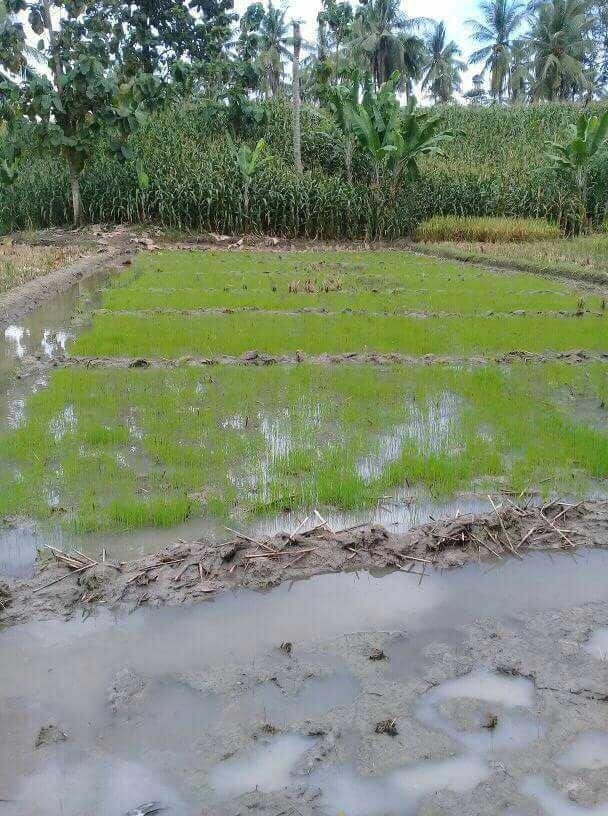
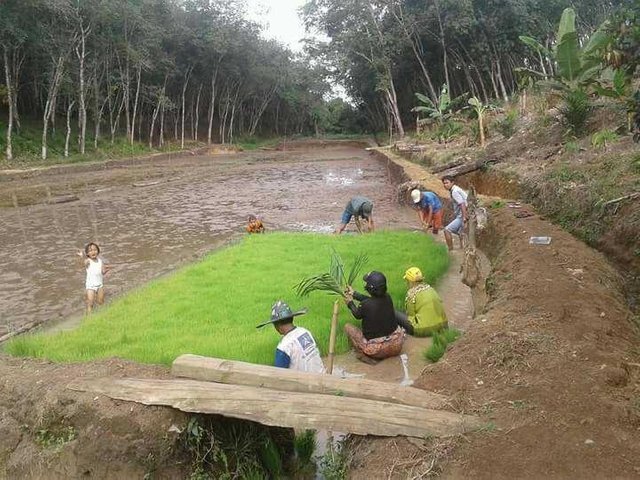
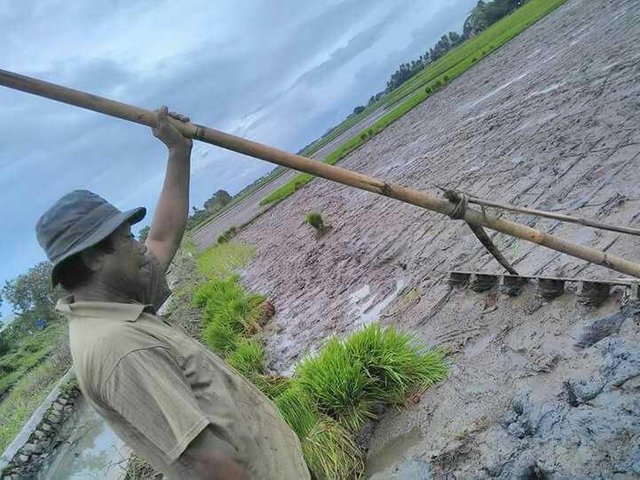
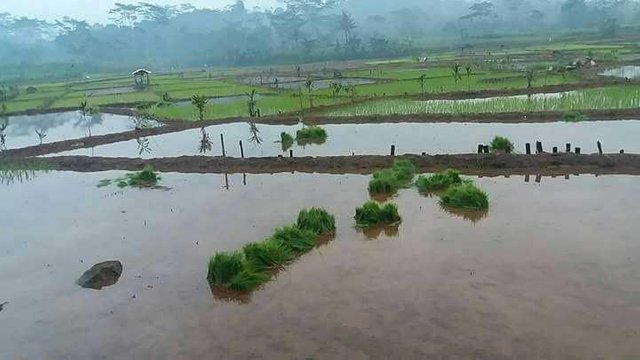
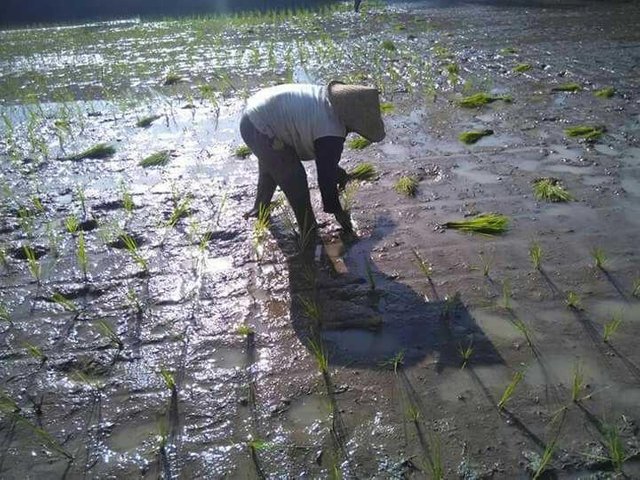
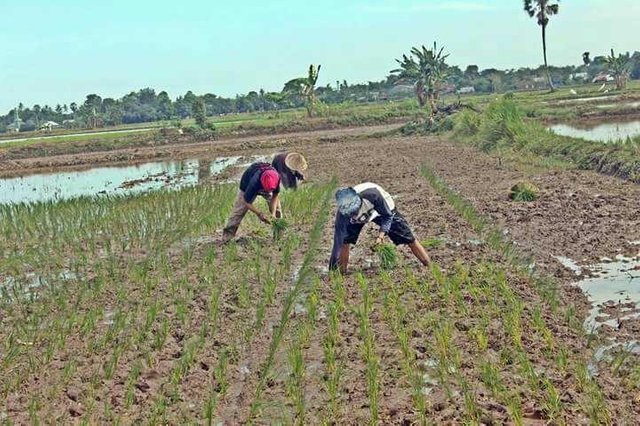
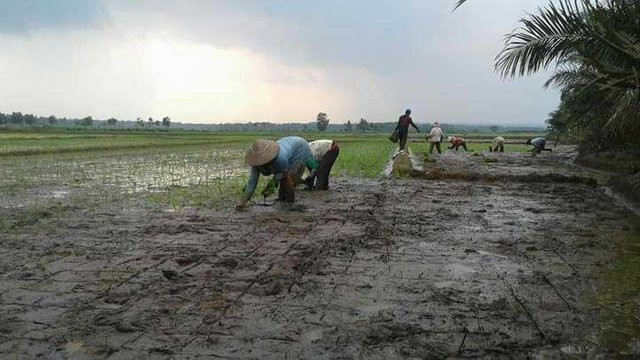
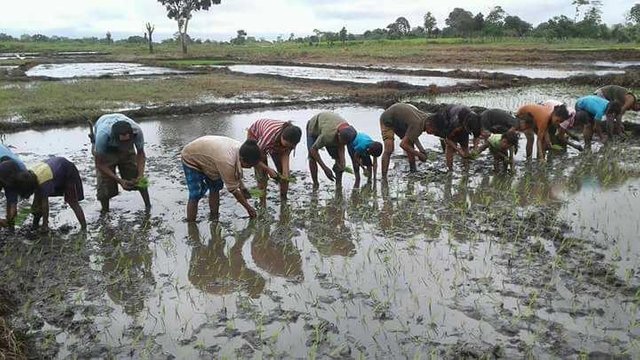
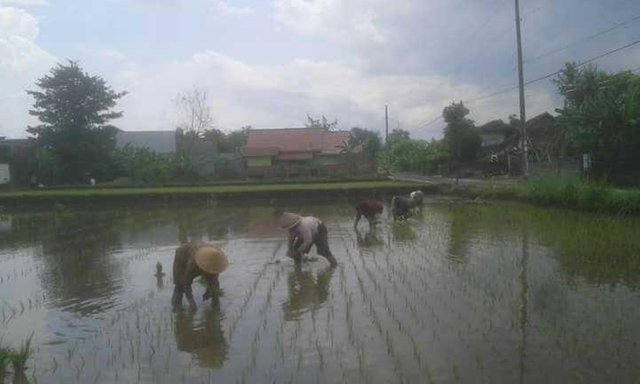
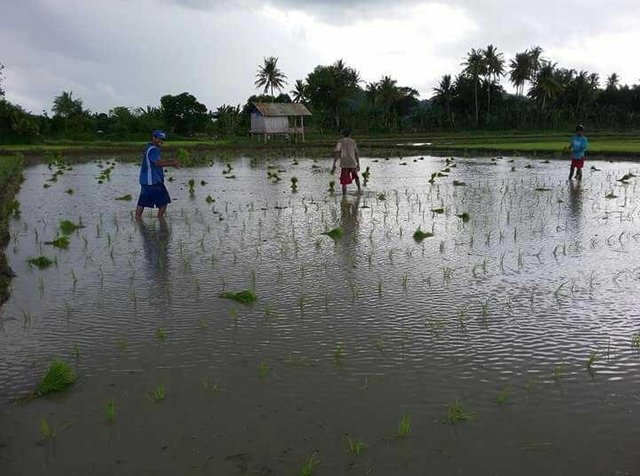
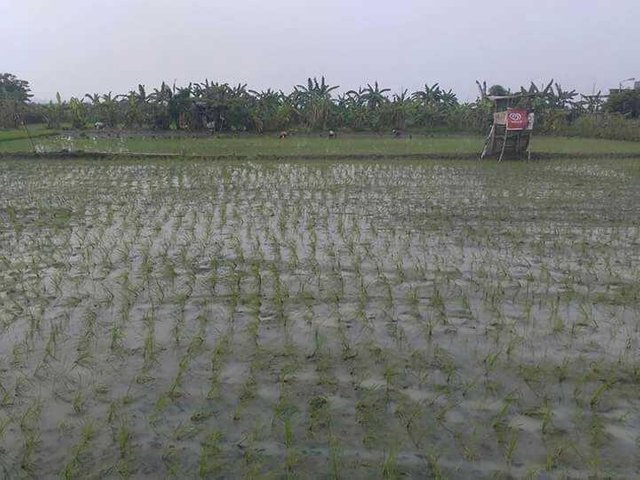
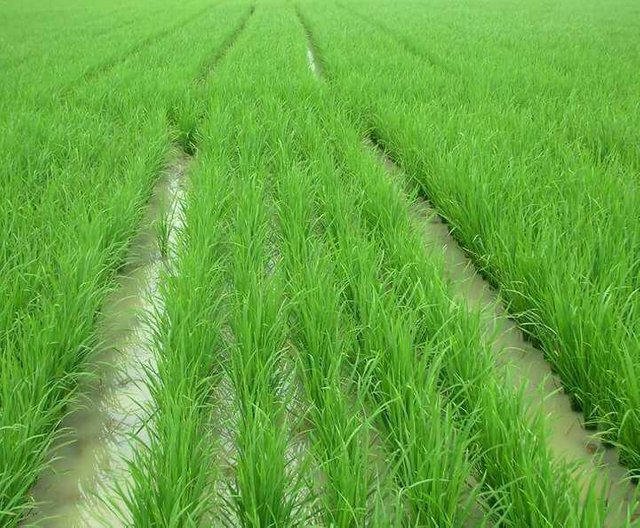
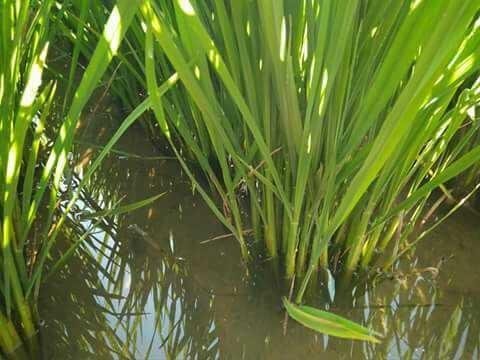
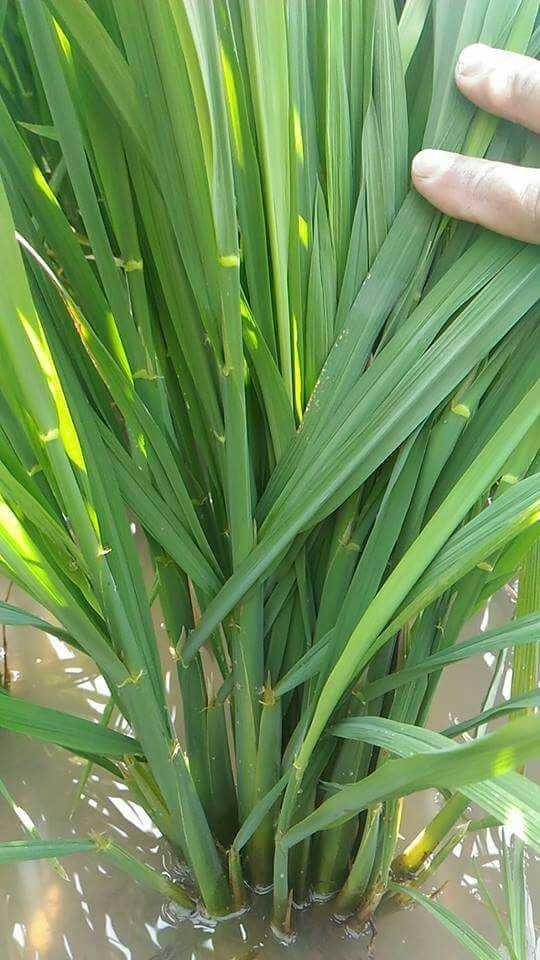
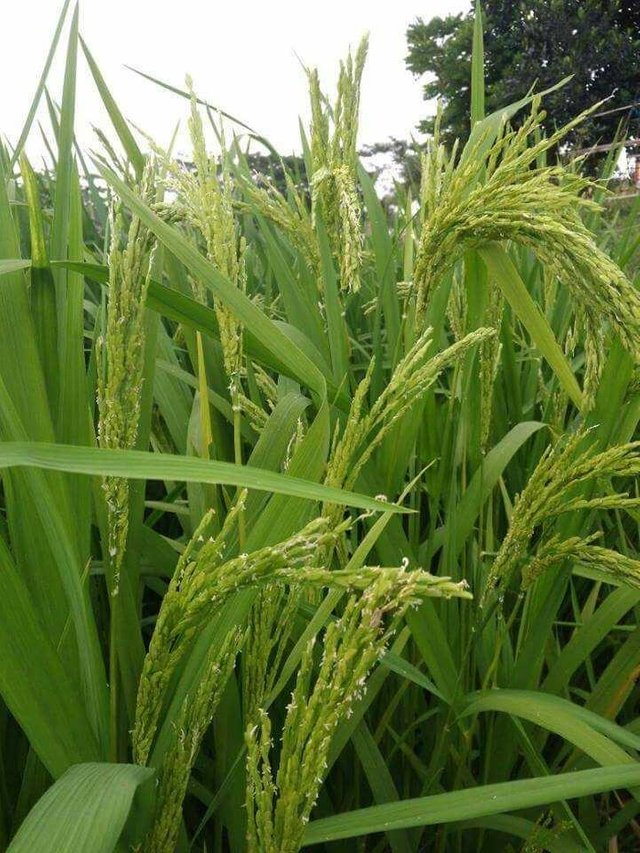
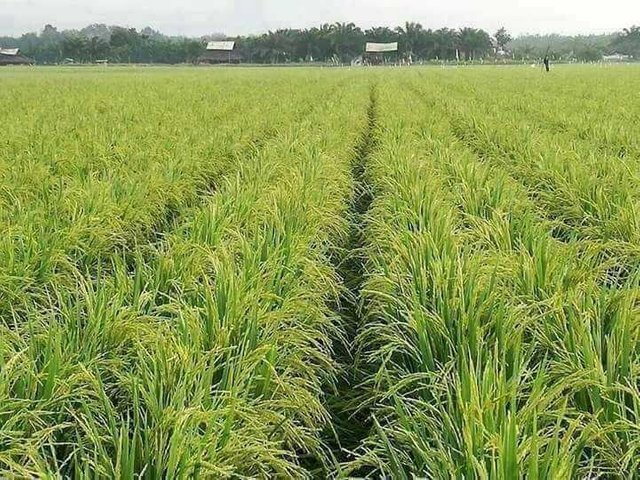
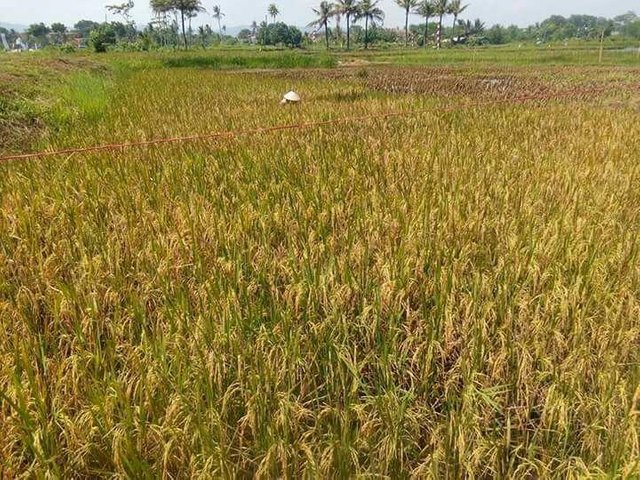



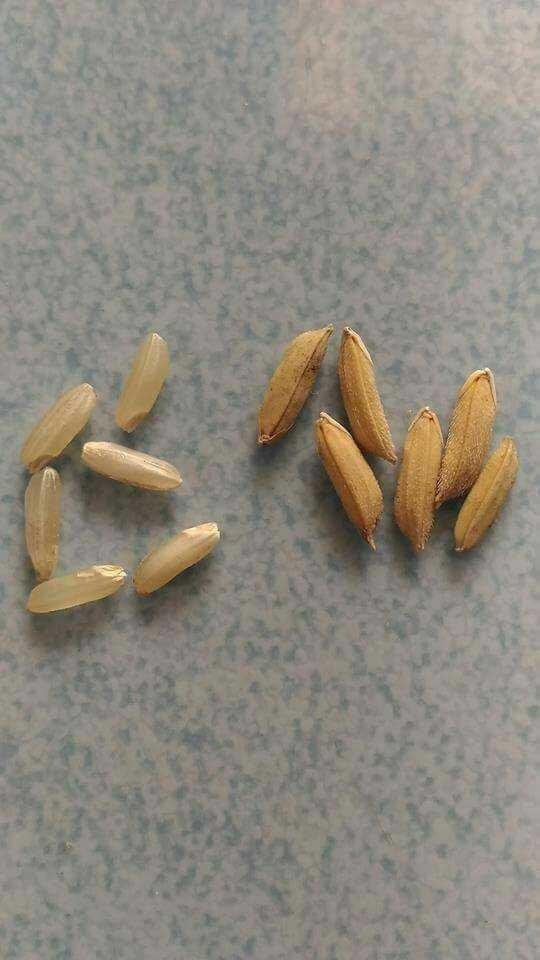
Do this technology if you want to succeed in trying to farm rice paddy, the key to success in trying is the right dosage, way, place and time, in doing agricultural work we must work with eager, intelligent, iklas and to finish not half.
Salam gardening from me @arnoldmark, to meet again in my post for us to share knowledge, may be useful for all, thanks.